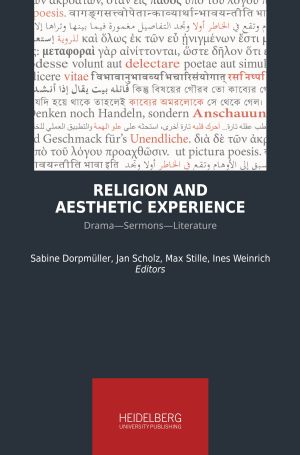Zitationsvorschlag
Lizenz (Kapitel)

Dieses Werk steht unter der Lizenz Creative Commons Namensnennung - Weitergabe unter gleichen Bedingungen 4.0 International.
Identifier (Buch)
Veröffentlicht
Strategies in Islamic Religious Oral Performance: The Creation of Audience Response
Abstract Contemporary Islamic chanting (inshād) has fed into Islamic popular music (nasheed) and vice versa. This chapter deals with more traditional, non-Sufi inshād in a ritual context. It analyses audio examples from fieldwork conducted in Lebanon in 2011 and 2012 and focuses on the mediation of poetic verses in praise of the prophet Muḥammad from the ninth century. Starting from the premise that one main aim in the rendition of religious texts is not only to convey information but also to create an emotional impact on listeners, the analysis builds on the concept of emotional involvement (infiʿāl) rooted in the Arab musical tradition. This concept highlights the interactive dynamics of the performance and thereby focuses not only on the performer but also on the listeners’ perspective. The triggers of audience responses operate on a rhetorical, musical, and semantic level. The carefully staged aesthetic experience of the poetic text shows that the meaning of the Prophet’s birthday (mawlid) becomes encapsulated in his role as an intercessor in the everyday life of the believer.






